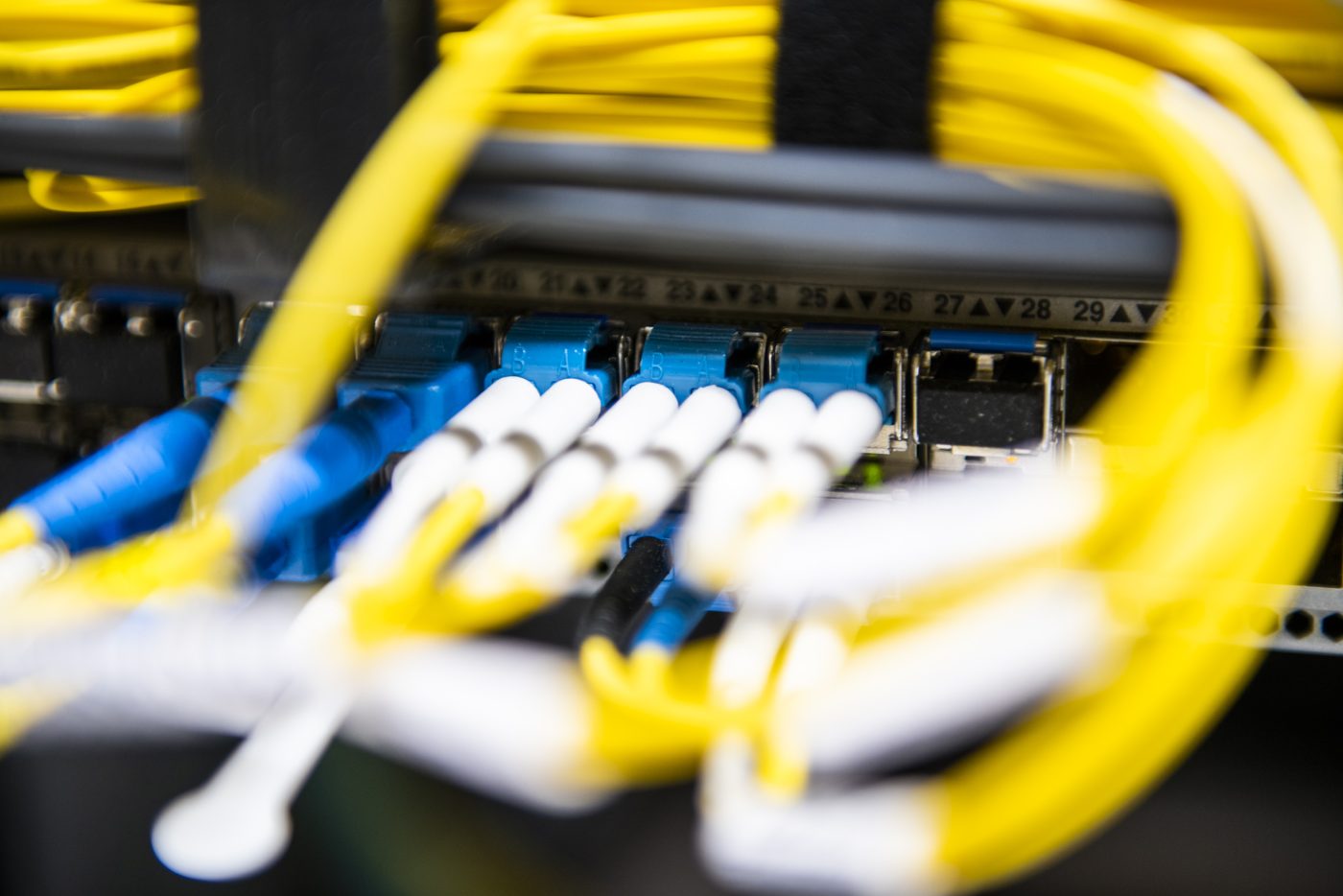Interconnection is more important than ever for modern enterprises. With remote working and increasing bandwidth demands, large enterprises can utilise interconnection services at IXPs to improve their products and accelerate their digital transformation efforts.
But what is interconnection? How did it start? Why is it so important? If you’re new to this important part of digital infrastructure or are considering leveraging interconnection for your business, read on!
What exactly is interconnection?
As public and hybrid cloud infrastructures became viable options for enterprises, users needed a way to connect their various instances together. Interconnection offers businesses an efficient and cost-effective way to use resources from multiple providers through low-latency, high availability connections.
How did interconnection start?
When businesses began using the internet in the 90s and 00s, usage was much more predictable than it is now. Organisations knew how many employees would need network access, where they would be working, where data generation would be taking place, and how much data would be travelling over the corporate LAN and WAN. These are all factors that remote working and rapid scaling have made impossible today.
Enterprise applications were usually custom-built and lived in the “server room” of the business HQ, where those in charge of server maintenance would work in the same building. In those days, interconnection meant ensuring individual servers in these rooms were connected together, and that key teams had access to the applications on those machines.
Enterprises then turned to MPLS
Multiprotocol label switching became a popular networking option for enterprises looking for reliable performance. It was predictable, and delivered low latency with minimal packet loss which was ideal for growing workloads. However, MPLS could be very expensive, which led to slow deployments and constrained capacity.
Enterprises (or rather their chosen network providers) would have to physically run cables between site locations, a costly process which could sometimes take months to complete.
While the public internet was an option at this point, it was not viable for latency-sensitive workloads or those which required extra security.
Along came cloud computing
The 21st century cloud boom happened at the same time that network operators were investing heavily in their infrastructure. The cloud offered an uber-cheap, accessible alternative to on-premise infrastructure, and many expected enterprises to simply “lift and shift” their workloads to this new-founded technology.
Although many organisations did begin to leverage cloud technology, most opted for a hybrid model rather than full migration. Enterprises slowly shifted what applications they could into the cloud but still maintained their on premise data centres for apps they didn’t want to, or couldn’t, move. This further drove the requirement for interconnection.
Interconnection and the IXP
Even though technological innovations are happening continuously, we are firmly living in the zettabyte age. Enterprises are producing and handling enormous amounts of data as cloud, mobile, social, video and big data become increasingly essential to business success.
Performance and profitability are huge priorities, and end-users are only becoming less forgiving and more thrifty. So it’s more important than ever for large enterprises to have the ability to gather and distribute huge volumes of IP traffic cheaply and effectively on a global scale. Interconnecting at IXPs is giving organisations that crucial connectivity at a manageable cost— whether they’re enabling remote workforces through the easy sharing of information or maintaining business-critical cloud access.
Italy’s leading interconnection platform is ready for the future
With IXPs across Italy, (Milan metro area, Bologna and Palermo) totalling 10 points of presence (PoPs), MIX offers the perfect strategic gateway between central and southern Europe. The MIX interconnection platform offers customers an opportunity to exchange Internet traffic with enhanced network performance, increased data flow control, reducing latency and IP-Transit costs. For more information, you can reach out to our IXP experts here



